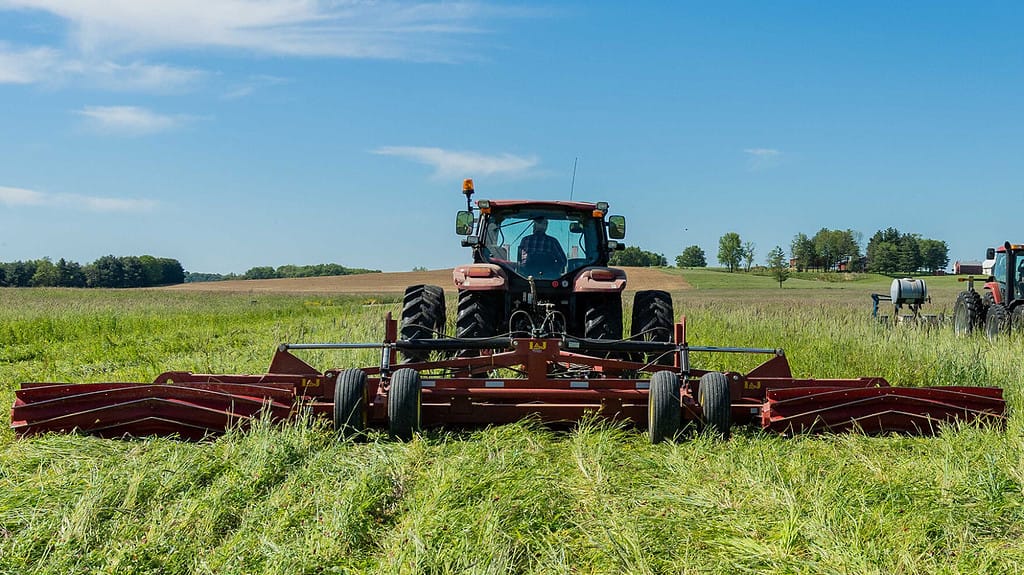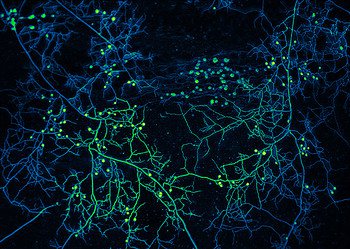Last year, the World Health Organization released a ranking of fungal pathogens that can infect humans. Many of these have developed resistance to treatments and are becoming very dangerous. However, fungi pose another, indirect threat to human health. Scientists are now warning that climate change will bring a rise in fungal attacks on crops, threatening global food security.

Fungal expectations are already a big threat to crops worldwide. Globally, they destroy 10% to 23% of farmers’ annual output, plus an extra 10% to 20% after the harvest, spoiling enough crops to feed up to four billion people. However, such losses are expected to increase much further in a warming world.
Global warming means enables pathogens formerly limited to tropical areas to spread more and more, researchers from the UK and Germany said. In particular, fungal infections have been moving northwards at a rate of seven kilometers per year since the 1990s.
High temperatures also lead to new variants of pathogens, while stronger storms can spread the spores even further.
“As our global population is projected to soar, humanity is facing unprecedented challenges to food production. We’re already seeing massive crop losses to fungal infection, which could sustain millions of people each year. This worrying trend may only worsen,” Eva Stukenbrock, one of the authors of the article, said in a statement.
The way forward
Sarah Gurr, the other author of the article, said fungi recently got some attraction due to the show The Last of US, in which fungi take over human brains. “While the storyline is science fiction, we are warning that we could see a global health catastrophe caused by the rapid global spread of fungal infections,” she said in a statement.
In their article, the researchers warned of a “perfect storm” that’s causing fungal infections to spread faster. Among the factors is the fact that fungi are very resilient, remaining viable in the soil for up to 40 years, with spores that can travel across continents. They are also incredibly adaptable, with genetic diversity between and among species.
Modern agriculture means having large areas of genetically uniform crops, which gives the ideal feeding and breeding grounds for fungi, the researchers said. They are also capable of evolving beyond traditional ways of controlling their spread. The use of fungicides that target a single cellular process allows fungi to evolve resistance to them.
However, there’s reason to be hopeful. In 2020, a team of researchers discovered a chemistry that could pave the way for a new type of antifungal product. Changing farming practices could also be part of the solution. Research in Denmark showed promise by planting seed mixtures that carry a range of genes that are resistant to fungal infection.
Technology may also prove crucial, the researchers said. Artificial intelligence, satellites and remote-sensing tools are beginning to produce more effective surveillance of fungal disease. Overall, they argue that protecting the world’s crops from fungi will require a more unified approach, bringing together scientists, farmers, funders, and policymakers.
The risk from crop pathogens is significant and is growing. We’d be wise to pay attention to it.
The article was published in the journal Nature.






